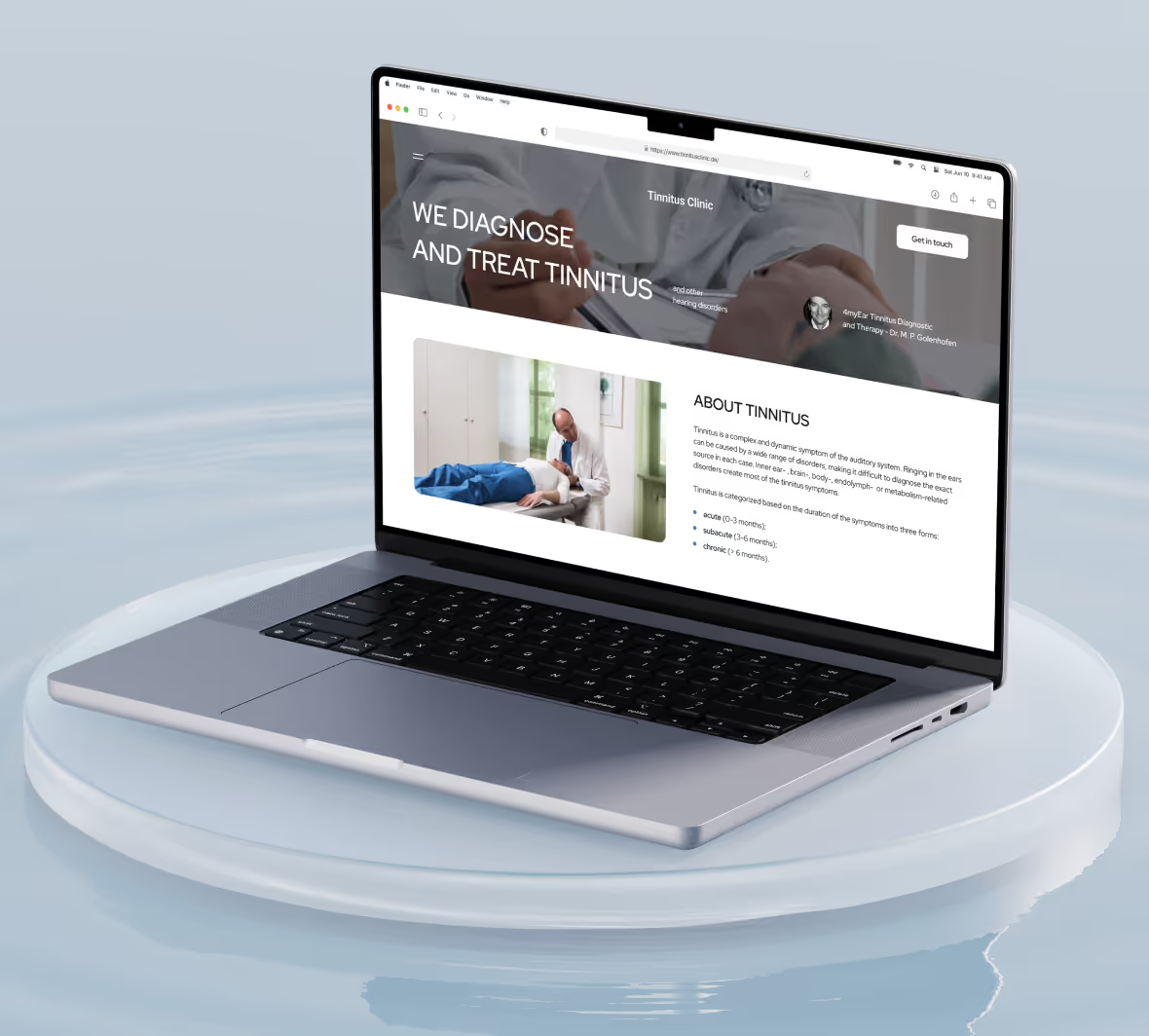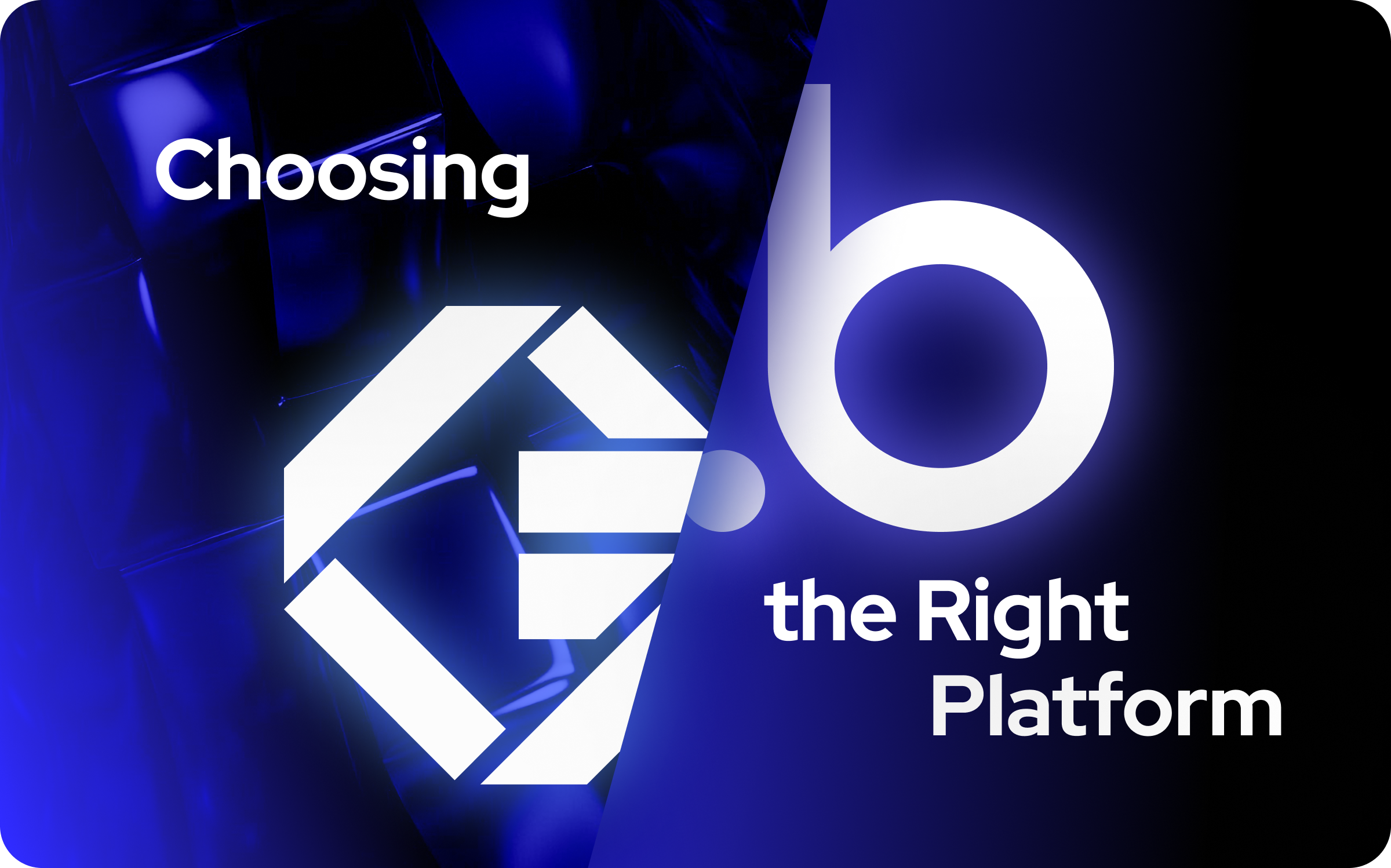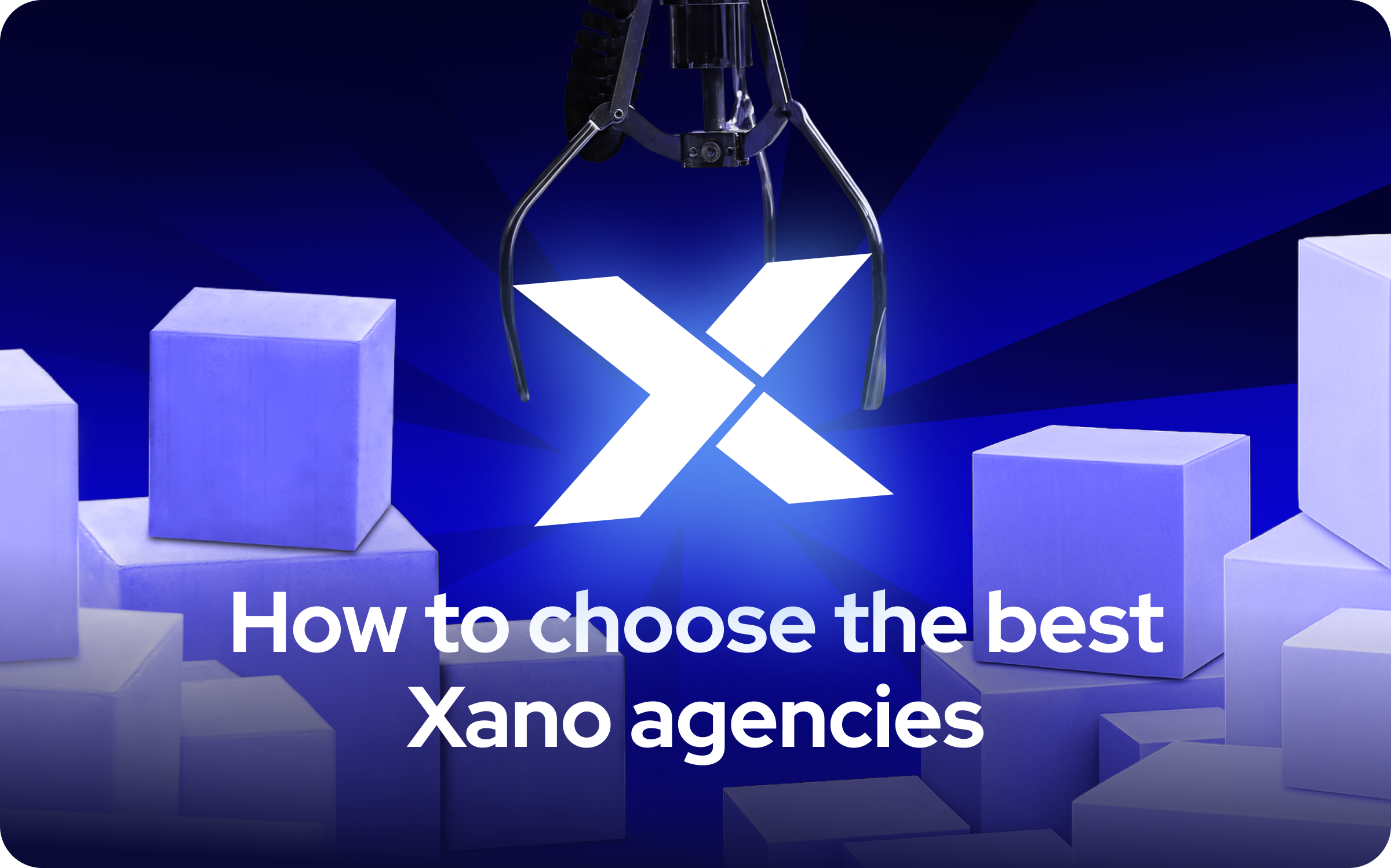
Introduction to Low-Code and No-Code Development
Low-code and no-code development platforms are revolutionizing how web and mobile applications are built. AppGyver and Bubble are prominent platforms in the low code development space. They enable individuals and businesses to create functional, scalable apps without needing extensive coding skills or traditional software development expertise.
While low-code platforms typically require minimal coding and are designed for developers looking to accelerate development cycles, no-code platforms offer fully visual interfaces that empower even non-technical business users to design and build sophisticated applications through intuitive drag-and-drop tools and simple logic configurations. These no code tools play a crucial role in enabling users to create apps without having to write code line by line, making application development more accessible, efficient, and aligned with rapid application development methodologies. This democratization of software development supports both professional developers and citizen developers in building enterprise applications and streamlining the application development lifecycle.
Among the leaders in the no-code space are AppGyver and Bubble. These platforms empower users to build powerful web and mobile applications without writing a single line of code, providing accessible solutions for startups, enterprises, and individual creators alike.
This article provides a comprehensive comparison of AppGyver and Bubble to help readers choose the right no code tool for their app development projects.
No-Code Platform Overview: AppGyver vs Bubble
Both AppGyver and Bubble are established players in the no-code ecosystem, often compared directly as 'appgyver bubble' platforms for those seeking to build apps without traditional coding.
The key differences between AppGyver and Bubble lie in their customization options, ease of use, and platform versatility, which can help users decide which is best for their project needs. Both platforms empower users by providing tools and features that make it easy to build apps for a variety of use cases, giving more control and flexibility to those without coding experience.
AppGyver
AppGyver, recently acquired by SAP, positions itself as a highly capable platform for building professional-grade web and mobile applications. It offers extensive features that appeal not only to individuals and startups but also to enterprise customers requiring complex functionality. AppGyver is especially well-suited for advanced users who need complex logic, customization, and more control over the app development process.
Key highlights of AppGyver include:
- A visual development environment with a powerful visual builder, advanced logic capabilities, and robust user interface design options.
- Powerful tools for app creation that streamline development for a wide range of users.
- Cross platform applications (iOS, Android, Web) for seamless deployment across multiple operating systems and devices.
- Integration with Google Sheets as a data source, enabling easy transformation of spreadsheets into mobile and web apps.
- Strong backend integration options through REST APIs and third-party services, facilitating sophisticated data integration.
- A free tier that includes almost all core features, making it attractive for small businesses and independent developers.
AppGyver is ideal for projects that require more complex logic, data handling, and scalability. Its learning curve might be slightly steeper, but it compensates with professional-grade outputs suitable for enterprise applications and development projects needing robust backend connectivity.
Bubble
Bubble focuses primarily on web application development and excels in building highly interactive and customizable web interfaces. Bubble is ideal for building web apps, especially for non-technical users seeking rapid prototyping and simple app development. Typical bubble users include entrepreneurs, startup founders, and creators with little or no coding experience who want to quickly prototype and launch their ideas. Bubble allows users to build applications without prior coding experience, making it accessible to a wide range of users.
Key highlights of Bubble include:
- An intuitive visual interface with drag-and-drop functionality for front-end and back-end development.
- Built-in database functionality for managing data without external services.
- Plugin marketplace for extending app functionality and supporting multiple languages and integrations.
- Strong focus on UX/UI design and responsive web development.
Bubble is better suited for users who prioritize ease of use and rapid development, especially when building web-based platforms like marketplaces, SaaS tools, or social networks. Bubble's strength lies in its user-friendly interface, rapid prototyping capabilities, and robust API integration, making it an excellent choice for bubble users looking for accessible and efficient web app development.
Key Features to Consider
When choosing a no-code or low-code platform, it’s important to align the tool’s features with your project’s requirements. Here are some critical considerations:
- Ease of Use
- Bubble provides a more beginner-friendly experience with a shorter learning curve, thanks to its intuitive visual interface that reduces the need for prior coding experience.
- AppGyver offers a rich set of features but may require a deeper understanding of app architecture, though its visual interface also helps users without coding backgrounds.
- Customization and Flexibility
- AppGyver excels in creating complex logic and offers greater flexibility in terms of backend integrations and data flow. Both platforms support the creation of mobile web applications, enabling you to build responsive apps for multiple devices.
- Bubble allows for significant customization of web applications, but may have limitations when it comes to mobile app deployment without third-party services. It also supports building mobile web applications as part of its cross-platform capabilities.
- Integrations and APIs
- Both platforms support API integrations, but AppGyver provides a more robust set of tools for complex backend connectivity and data integration, essential for sophisticated apps.
- Scalability
- AppGyver is suited for enterprise-grade solutions and apps that require scaling, supporting the full application development lifecycle.
- Bubble works well for early-stage startups and MVPs, though scaling large applications may require careful optimization.
- Pricing Models
- AppGyver offers a generous free plan that covers most features, allowing users to try the platform before making a financial commitment.
- Bubble follows a tiered pricing model, and also provides a free plan so users can evaluate its features before upgrading to higher-tier plans for advanced features and scalability.
App Development with AppGyver
AppGyver provides a professional-grade development experience, offering a visual development environment that combines a visual editor with capabilities typically found in traditional development environments. It supports the creation of cross platform applications, enabling both web and mobile apps to be built from a single codebase and emphasizing cross-platform compatibility.
Users can leverage:
- Drag-and-drop UI building blocks.
- Advanced data handling with powerful logic builders.
- Extensive API and backend integration options.
- Integration with Google Sheets as a data source, allowing users to transform spreadsheets into mobile and web apps.
- A component marketplace for expanding app functionalities.
AppGyver’s offering makes it a compelling choice for developers aiming to create complex, scalable apps that must function across multiple device types with minimal performance compromises. It is especially valuable for skilled developers and business analysts working in IT departments who need to deploy apps rapidly on multiple platforms while maintaining control over the development process.
App Development with Bubble
Bubble is designed for web app development and offers a more streamlined and approachable environment for building web applications. Its platform features a visual interface that allows users to define workflows, set up databases, and design responsive front-end user interfaces through a completely visual process. Bubble enables users to build apps without prior coding experience, making it accessible to both beginners and advanced users.
Key aspects of Bubble include:
- Pre-built templates for faster launch.
- Real-time previews of changes.
- SEO-friendly configurations for web apps.
- A vibrant community and ecosystem of plugins to enhance app capabilities.
Bubble is perfect for entrepreneurs looking to validate their ideas quickly or businesses needing custom internal tools, marketplaces, or client portals without the overhead of traditional development costs. It supports the development of software applications that can host web applications and integrate with existing applications through a variety of plugins and API connectors.
Mobile App Development: Strengths and Limitations
Mobile app development has been transformed by the rise of no code platforms, enabling users to create mobile applications without the need for extensive coding knowledge. Platforms like AppGyver and Bubble have made it possible for both technical and non-technical users to build web and mobile applications with ease. Bubble excels in rapid prototyping and offers a user-friendly interface, making it ideal for non-technical users who want to quickly bring their ideas to life. Its intuitive tools allow users to create web-based mobile applications, though it may have limitations when it comes to advanced customization or building truly native mobile apps.
On the other hand, AppGyver stands out for its robust features and advanced customization options, making it a strong choice for users looking to develop more complex applications. Its platform supports the creation of cross-platform mobile apps with powerful logic and integration capabilities, catering to projects that demand greater flexibility and scalability. While AppGyver may present a steeper learning curve, it enables users to create sophisticated mobile applications that can handle complex workflows and data management.
Understanding the strengths and limitations of each platform is essential for selecting the right tool for your mobile app development needs. Whether you prioritize ease of use and speed (where Bubble excels) or require advanced customization and robust features (where AppGyver shines), no code and low code platforms are opening new possibilities for creating web and mobile applications without traditional code.
Building Internal Tools and Business Solutions
No code platforms are increasingly being used to build not just customer-facing web and mobile applications, but also powerful internal tools and business solutions. These platforms provide robust tools that enable users to automate internal processes, streamline workflows, and create custom applications tailored to their unique business needs. With features like pre-built templates and drag-and-drop interfaces, no code platforms make it easy for non-technical users to create applications that improve efficiency and productivity.
For example, platforms such as Noloco empower teams to quickly build and launch secure, flexible business apps that support their internal processes. By leveraging these no code solutions, organizations can reduce technical debt, adapt to changing business requirements, and enhance collaboration across departments. The ability to create internal tools without relying on traditional code platforms means businesses can respond faster to operational challenges and continuously optimize their business processes.
Whether you need to automate reporting, manage inventory, or streamline communication, no code platforms offer the flexibility and accessibility needed to create applications that drive business success—all without requiring extensive technical expertise.
Considering Low-Code Alternatives
While no code platforms are excellent for enabling users to create applications quickly and without coding, there are scenarios where low-code alternatives may be a better fit. Low-code development platforms, such as OutSystems, combine the simplicity of no code with the flexibility to add custom code when needed. This makes them particularly suitable for enterprise level applications or projects that require more advanced features, complex workflows, and robust capabilities.
Low-code platforms allow users to create complex applications with additional functionality and deeper integrations, but they often come with a steeper learning curve and require more technical expertise compared to pure no code platforms. When considering whether to use a no code or low code solution, it’s important to evaluate your project requirements, the complexity of the application, and the technical skills available within your team.
If your project demands more advanced features, intricate business logic, or enterprise-grade scalability, a low-code platform may provide the robust capabilities you need. However, for many business solutions and internal tools, no code platforms offer a faster, more accessible path to app development, enabling users to create powerful applications without the need for traditional coding. Carefully weighing these factors will help you choose the right platform for your app development journey.
Benefits of No-Code Development
No-code platforms like AppGyver and Bubble offer several significant advantages, providing no code tools that deliver powerful tools for rapid app development:
- Faster Time-to-Market: Develop and launch apps much quicker compared to traditional development.
- Lower Costs: Reduce the need for large development teams and extensive resources.
- Accessibility: Empowers users, including non-technical individuals such as business analysts, to create applications, fostering innovation across organizations.
- Reduced Technical Debt: Visual development minimizes complex legacy code issues.
- Enhanced Collaboration: Teams can work together more effectively without barriers between business and tech units.
- Scalability and Maintenance: Easier to update and maintain apps over time without deep technical intervention.
Conclusion: Choosing the Right Platform
The choice between AppGyver and Bubble ultimately depends on your specific project requirements and technical comfort level.
- Choose AppGyver if you need cross-platform capabilities, advanced backend logic, and enterprise scalability. It’s ideal for users who are comfortable exploring a slightly steeper learning curve in exchange for greater control and power, especially for sophisticated apps and development projects requiring integration with existing applications and cloud platforms.
- Choose Bubble if your focus is on building web applications with intuitive UI, quick development cycles, and a gentle learning curve. It's a great fit for startup founders, small businesses, and non-technical entrepreneurs aiming to rapidly create business applications and internal tools.
Both platforms are powerful in their own right, and both are contributing to the broader democratization of software development. Understanding their strengths and limitations will help you make an informed decision that aligns with your app development goals.

Ready to build your product?







